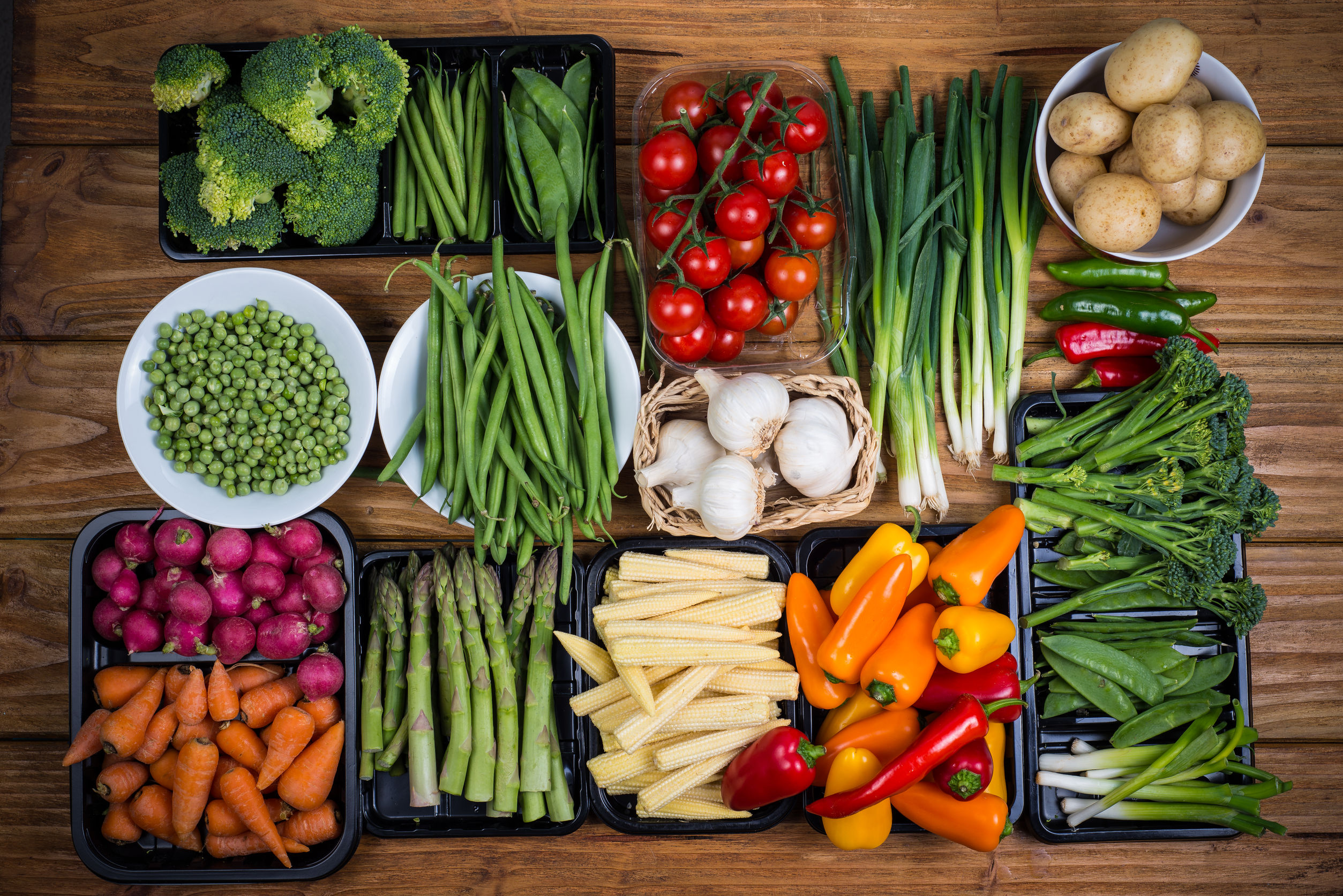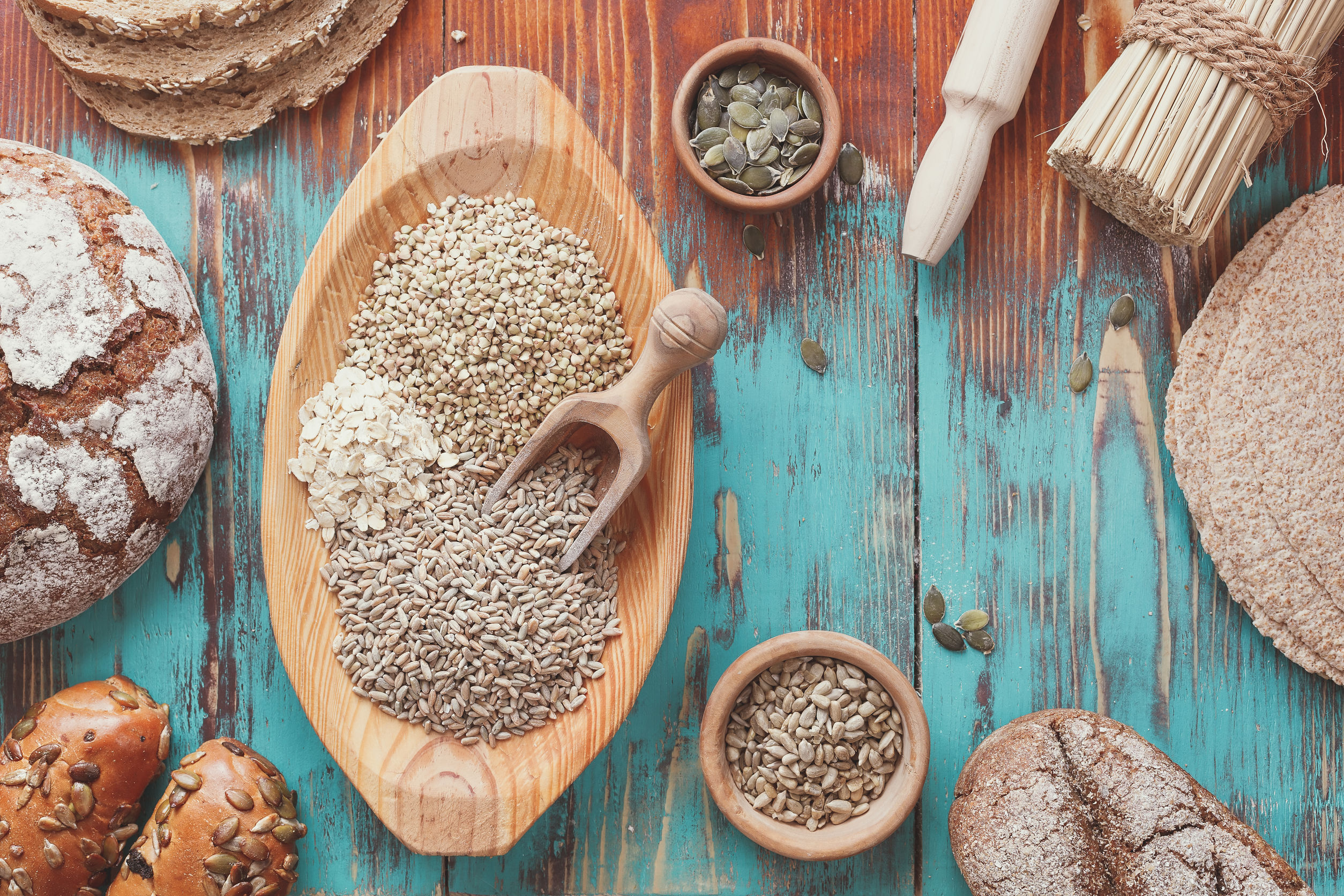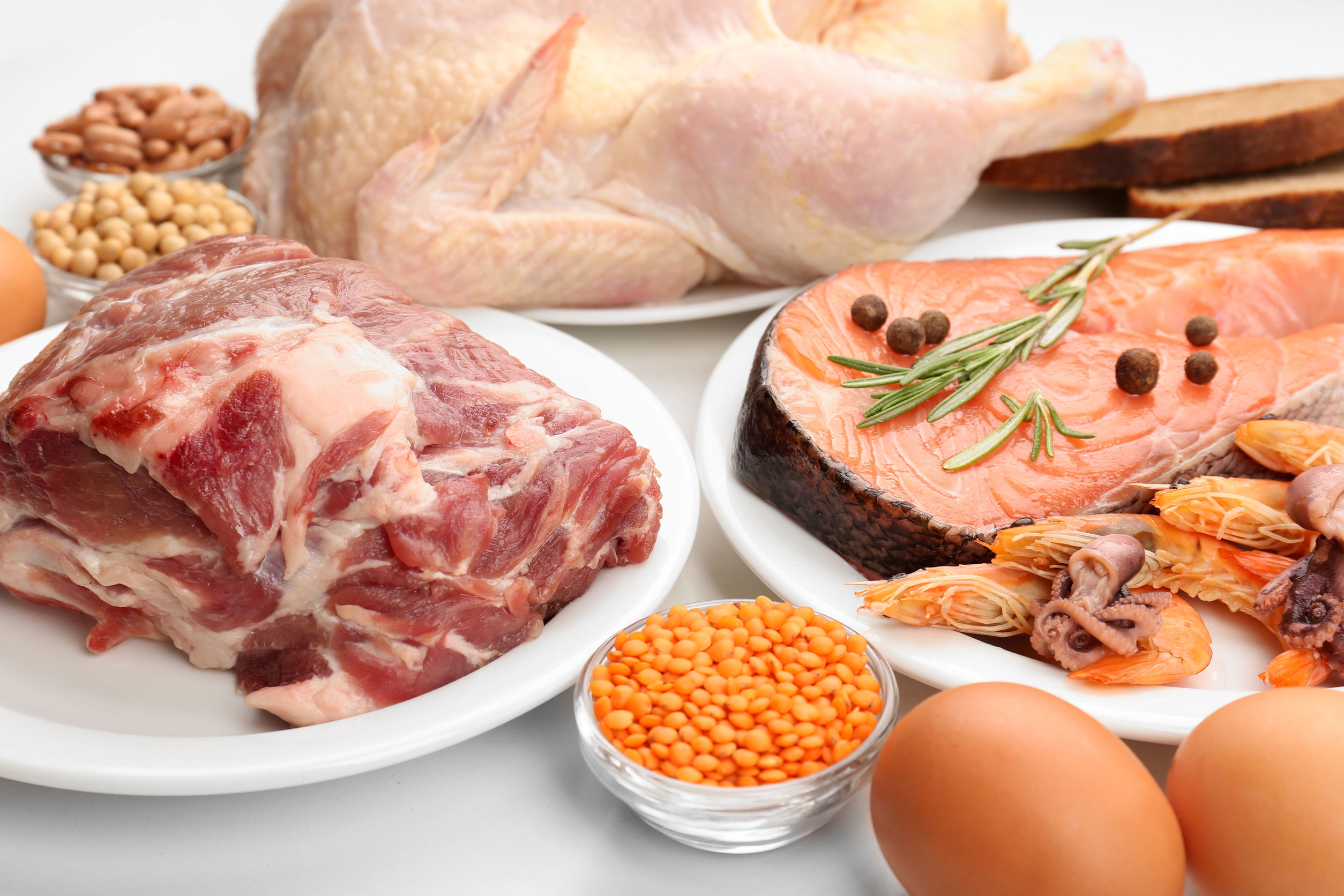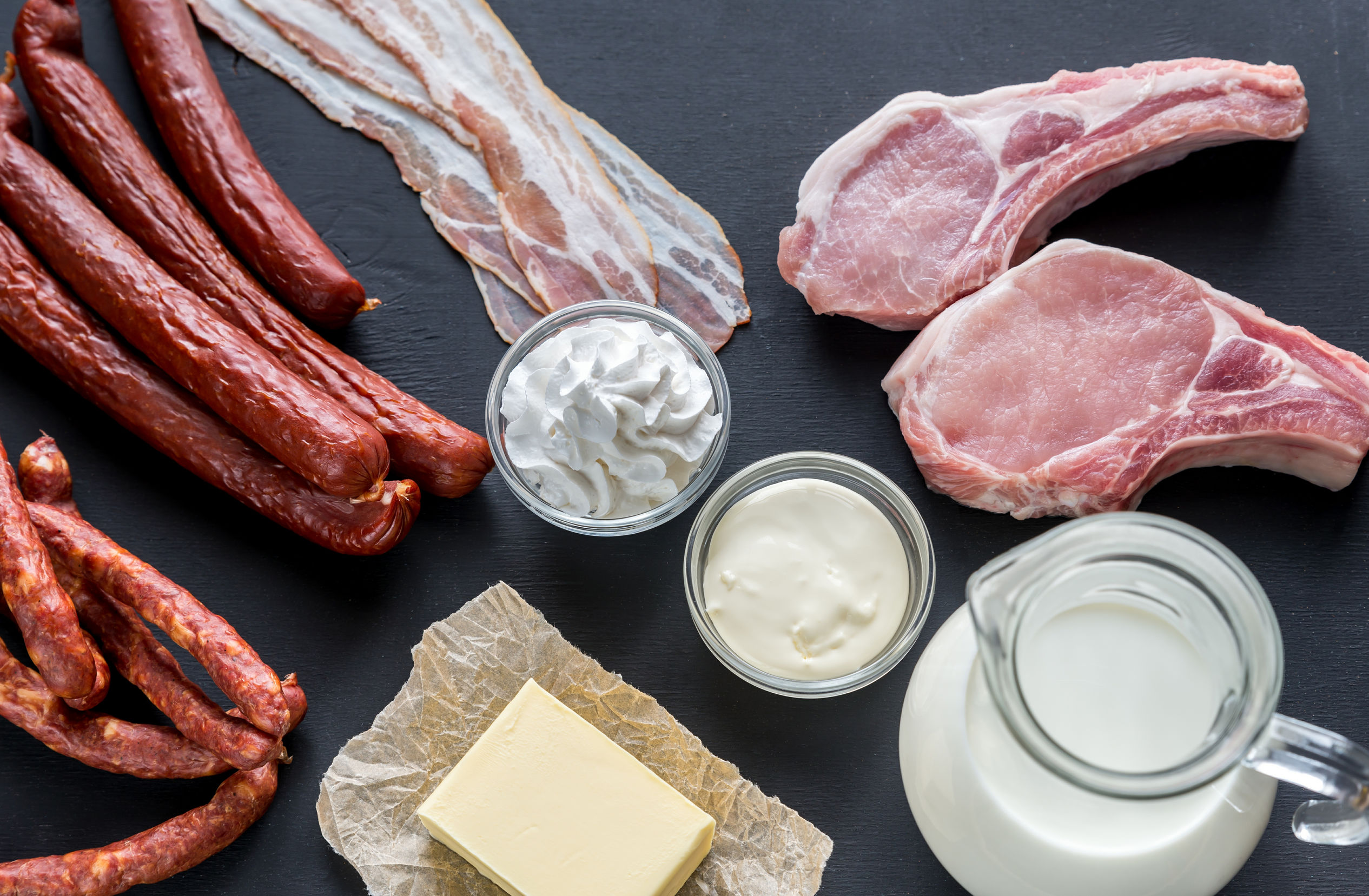
Well who says balanced diet and eating is for women only? Men may have very different daily nutritional requirements, and such nutritional needs may vary depending on size, age and activity levels, but the bottom line is that eating a nutritious diet with proper portions is heedlessly essential to maintain or even improve men's health.

Men generally require more calories to get through the day; however, calories alone won’t complete the equation. A nutrient-rich and balanced diet is very much necessary to stay lean and healthy, and probably active as well. Many men may think hitting the gym would cut it, but it’s what you eat, both health and unhealthy, that would really make an impact on your health.
“Healthy” and “balanced”, these two words are often used intertwined amongst diet goers and often are co-related. The truth is, however, far beyond just the correlation between the two words when it comes to healthy and balanced eating for men. What is or seems healthy may not necessarily be balanced or sufficient for one’s needs.
So what’s a balanced diet for a man that is also healthy? Let’s start by looking at what choices of food you need to put together for your daily diet.

Firstly, five or more servings of fruits and vegetables. Both are low in calories but high in vitamins, minerals, and fibre. There are no limits to what vegetables or fruits you can include in your diet, so think beyond green. Try including those in orange, yellow, red, even purple too. Where possible, avoid fried or stir fried vegetables, which often could be found in our Asian and oriental cuisines.

Secondly, two or three servings of low-fat dairy products. Try to go for skimmed milk, fat-free or low cholesterol yogurt, and low-fat cheeses. Essentially, what you need is high amounts of calcium and low amounts of fat from your dairy intake.

Thirdly, six serving or more of whole grain breads, cereals, and starchy vegetables. Whole grains and cereal contain added fibre and nutrients such as beta-glucan which help to lower blood cholesterol, so not only you would feel full for longer but also keep your fat intake low at the same time. Starchy vegetables include peas, corn, potatoes, and dried beans like pinto or kidney. But then again, starchy vegetables aren’t for everyone. If you have a family history of diabetes and other sugar-related diseases, you may want to watch your starch intake. And as it may go without saying, avoid frying or stir frying them as how our parents and grand parents used to do, to reduce your calories or fat.

Fourthly, two or three servings of lean meat, chicken, and fish. Go for cuts of meat with little to no visible fat, such as chicken breast or fish belly. Again, avoid fried or breaded meals as well as fast food or processed meats.
Sounds fairly healthy right? But adding these alone isn’t going to help you achieve a balanced diet. Your next mission would therefore be to remove or reduce unhealthy ingredients, naturally.

Start by cutting back on sugary or sweet stuffs. Reduce sugary foods containing refined carbohydrates like pastries, ice creams or other mouth-watering desserts, and sweetened cereals. These foodstuffs are just high in sugar and provide no nutritional benefit or whatsoever to your body.

Then, there’s salt. Reduce salt generally from your food. If you need to marinate your meats, try using herbs and spices instead. And also cut down on canned or pre-packed foods such as canned tuna or meat that are rather high in salt.

Avoid saturated fats at all cost. Regular dairy products that aren’t low in fat such as full cream butter, cheese and lard could lead to hypertension, clogged arteries and even heart disease. So consider switching to unsaturated fats such as olive oil, walnuts, and avocados. These unsaturated fat foods could actually help to increase your “good” cholesterol levels that protects against some of the diseases mentioned above.
Of course, not everything is set on stone. Nutrition needs differ a lot with age, your job nature, your daily energy use, your activities, amount of sleep and many more. But generally, a healthy eating plan with a balance between carbs, vitamins, fibre and other essentials gives your body the nutrients it needs every day while you are out making your living.

The above guide could be applied to any meals of the day from breakfast to supper. Try experimenting with a few recipes and combinations and set a regime for yourself based on what tastes good for your tongue. For a start, just try this for one of your lunches: fill half or more of your plate with a colourful variety of vegetables or salad, drizzle with a dressing made from unsaturated fats and add lean grilled meat, fish or beans with a serving of brown rice, quinoa or wholemeal pasta; and voila, you have a perfectly balanced and healthy meal!

